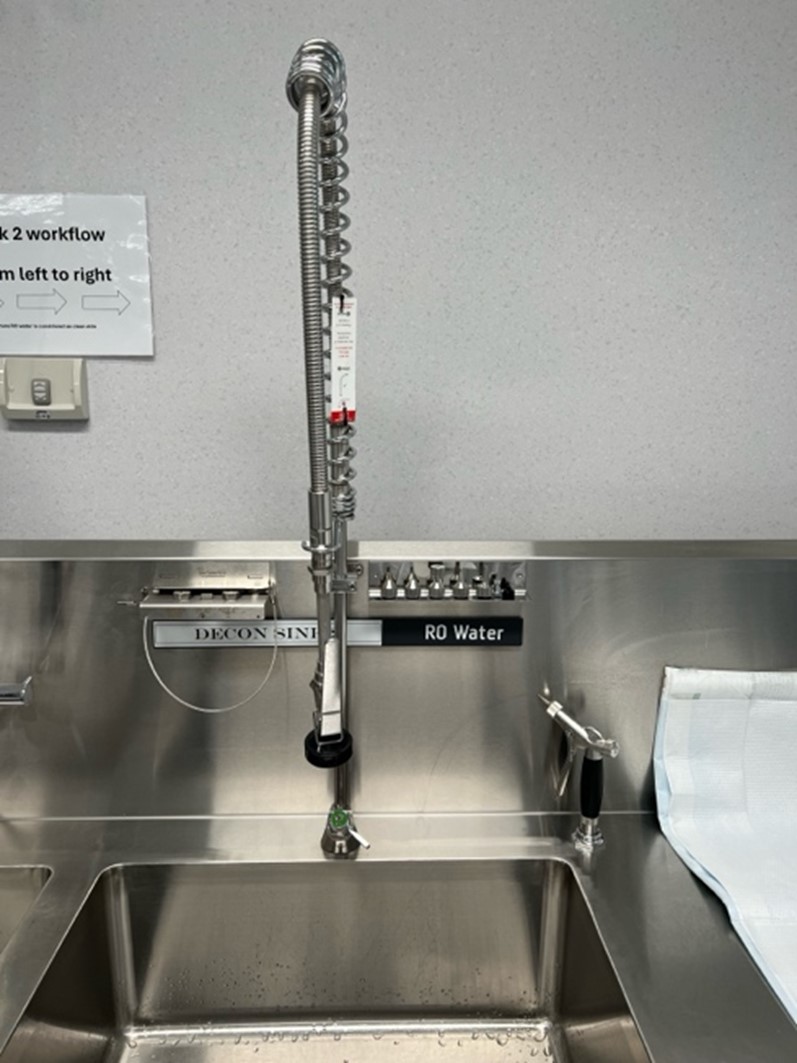In healthcare, it’s important to ensure the highest standards of cleanliness and safety. One crucial technology that plays a significant role in achieving this is Reverse Osmosis (RO). This advanced water filtration system is essential for Central Sterile Supply Departments (CSSD) to comply with the AS 5369:2023 standard, which outlines critical requirements for water quality used in sterilisation processes.
Reverse Osmosis is a sophisticated method of purifying water by forcing it through a semi-permeable membrane. This membrane allows only water molecules to pass through while effectively removing contaminants such as bacteria, viruses, and various impurities. The result is exceptionally clean water, free from harmful substances that could compromise the sterilisation of medical instruments.

– Continuous Recirculation: Some systems maintain a constant flow of purified water, ensuring that it is always available for immediate use.
– On-Demand Production: Other systems generate purified water only when needed, which can be more energy-efficient and cost-effective.
Both configurations guarantee that your department has access to high-quality water whenever required.
In summary, Reverse Osmosis is a vital component in maintaining the highest standards of cleanliness and safety within your CSSD. By implementing this technology, you not only enhance the effectiveness of sterilisation processes but also contribute to overall patient safety and compliance with regulatory standards.
For those interested in exploring RO fitment options, Emery Industries provides a comprehensive range of CSSD sterilisation accessories, including RO fitments.